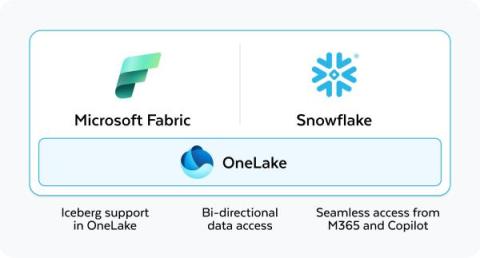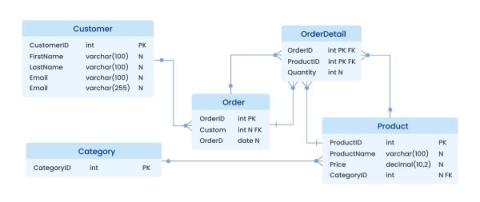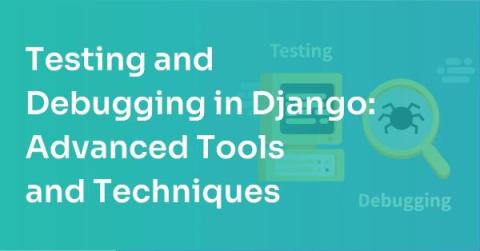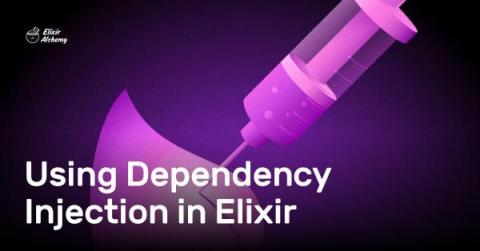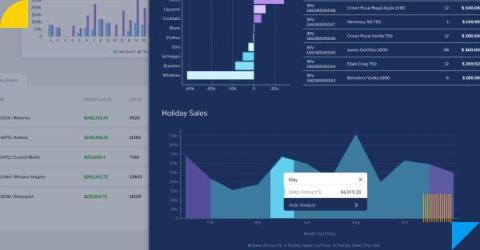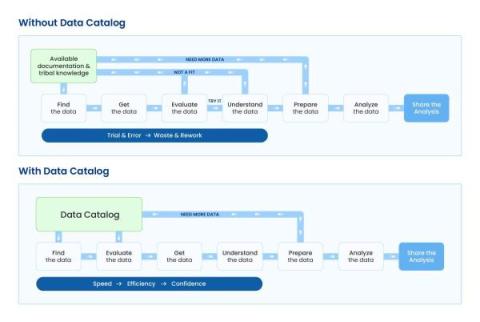LLM Validation and Evaluation
LLM evaluation is the process of assessing the performance and capabilities of LLMs. This helps determine how well the model understands and generates language, ensuring that it meets the specific needs of applications. There are multiple ways to perform LLM evaluation, each with different advantages. In this blog post, we explain the role of LLM evaluation in AI lifecycles and the different types of LLM evaluation methods. In the end, we show a demo of a chatbot that was developed with crowdsourcing.




